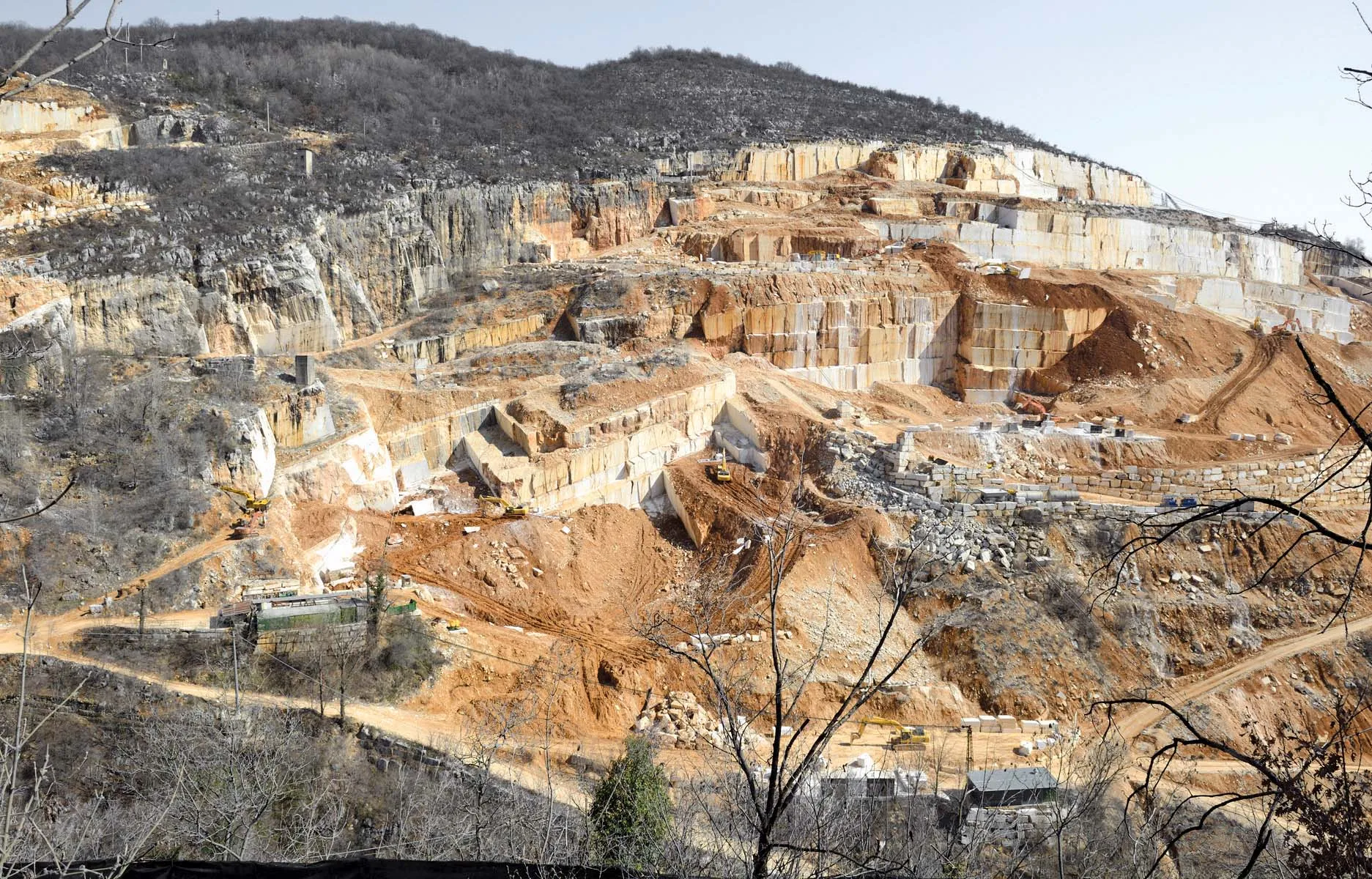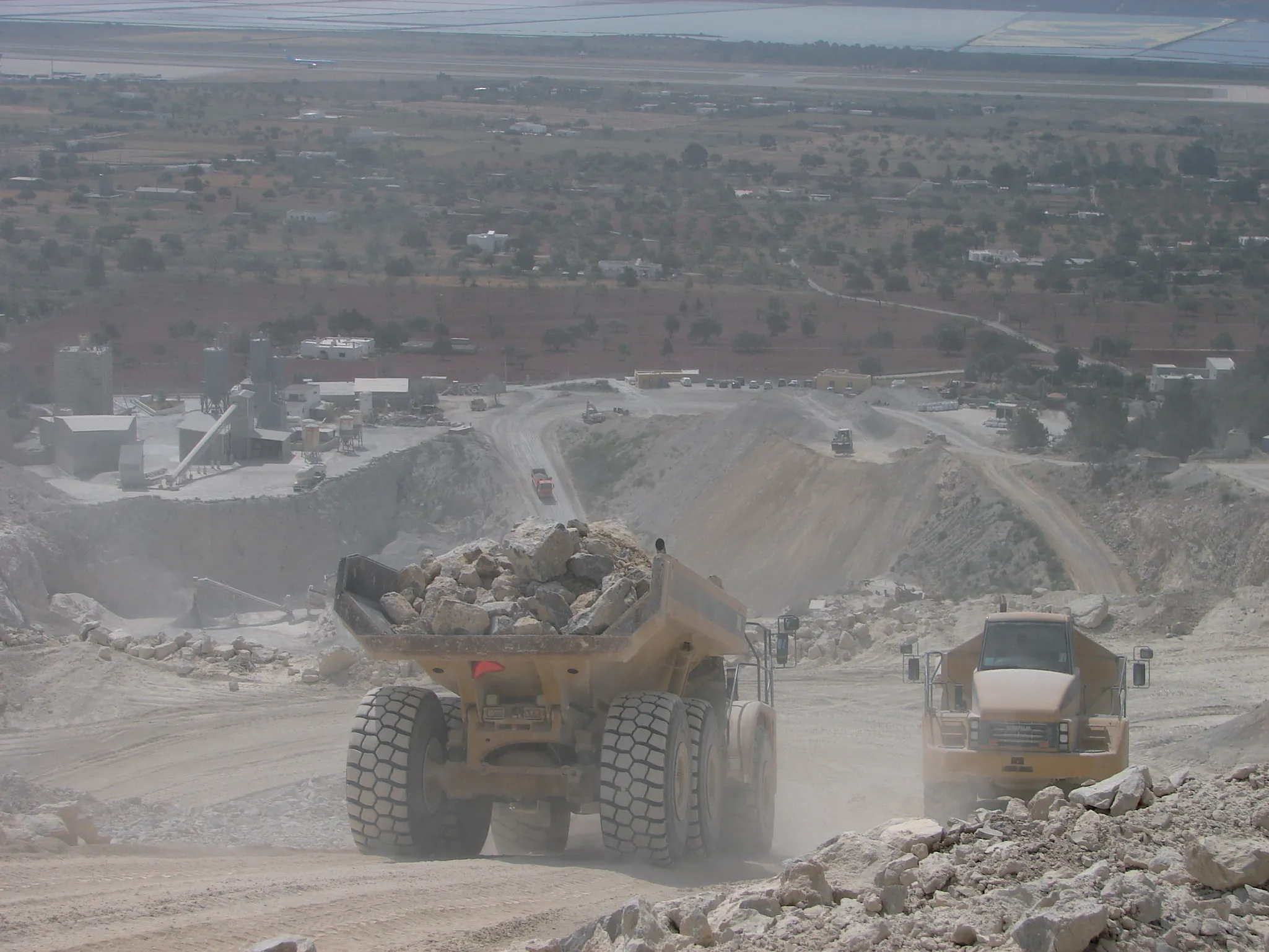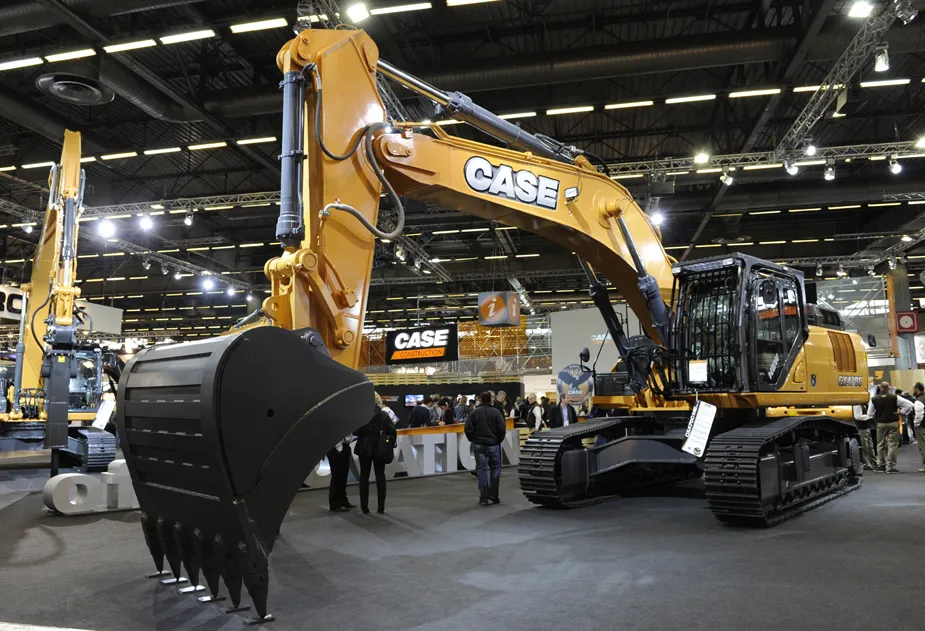Botticino marble is one of Italy’s outstanding resources and renowned worldwide. The history of the use of this precious stone, formed between 190 and 60 million years ago, began with the Romans in the mountains east of Brescia. It is between these mountains in the municipality of Botticino Mattina, where the Valverde Cooperative is located. The Cooperative comprises 36 partners specialising in the sector of production, extraction and transformation of Botticino Classico Marble.
The Valverde Cooperative
June 24, 2014
Read time: 3 mins

Botticino marble is one of Italy’s outstanding resources and renowned worldwide. The history of the use of this precious stone, formed between 190 and 60 million years ago, began with the Romans in the mountains east of Brescia. It is between these mountains in the municipality of Botticino Mattina, where the Valverde Cooperative is located. The Cooperative comprises 36 partners specialising in the sector of production, extraction and transformation of Botticino Classico Marble.
The Valverde Cooperative operates a concession in a quarry located in the centre of the production of the prized stone. It extends over 35,000m2 and produces in excess of 30,000 tonnes/year of marble. From the quarry to the worksite, Valverde transforms the rough stone into polished slabs using processing techniques that combine the latest industrial techniques with craftsmanship.
Maurizio Fraboni, purchasing manager at the cooperative in Brescia, comments. ”We have created a mark of origin that certifies the physical and technical characteristics of the material, typically found only in the stone extracted in the municipality of Botticino. The mark is a guarantee of the quality found in the local production, and of the work process that respects the unique and inimitable characteristics of this marble.”
The Cooperative works on a commission basis for architects and designers worldwide. To meet its ongoing commitments, it recently purchased a new excavator from176 Case, the CX470C. This machine joined the Valverde Cooperatives' existing fleet of six tracked excavators, and three tracked loaders.
“We needed an excavator that is safe, robust and stable as we carry a lot of loads on steep slopes,” Maurizio Fraboni tells us. “We were also looking for an excavator with optimum visibility, since visibility means safety, especially in our mountains.”
Even the dimensions of the CX470C excavator makes it an excellent choice, as the excavators that operate in the Botticino quarries must be able to move about easily in tight spaces, as well as being powerful and robust enough to handle heavy-duty tasks. The Maren-CMO dealer in di Curno-Treviolo (Bergamo), a long-time supplier to the Valverde Cooperative, helped the cooperative in selecting the most suitable machine. Paolo Entrade, in charge of the Maren-CMO dealership together with his brother Marco, said, “In this case, the CX470C excavator purchased by Valverde was equipped with track rollers with two ribs for ensuring greater friction when approaching the sharp slopes found in the quarry. The arm barely measures 2.9m, shorter than the standard arm, to provide a better grip when moving blocks of marble. It is also better adapted to the confined spaces of the working areas.”
Explosives are used to open the formation, a portion of rock isolated from the mountain, for cultivation of the quarry. The single blocks are cut using the diamond wire and then transported by the excavators to the work areas for squaring. Finally, the blocks are transferred into the storage areas, where they continue their journey to the processing site on trucks.
The CX470C is used in various operations: ground work, handling blocks detached from the mountain by explosives, and keeping the work area tidy.
“Prior to purchasing, Maren-CMO offered to let us try it for a while so we could test the stability of the unit,” says Maurizio Fraboni. “Our cooperative only purchases new units if our operators give us their vote of confidence for the machines. They need to feel secure about the units that they are asked to operate and the CX470C excavator offers the technology, the robustness and the stability necessary to put our extraction operators totally at ease.”
The Valverde Cooperative operates a concession in a quarry located in the centre of the production of the prized stone. It extends over 35,000m2 and produces in excess of 30,000 tonnes/year of marble. From the quarry to the worksite, Valverde transforms the rough stone into polished slabs using processing techniques that combine the latest industrial techniques with craftsmanship.
Maurizio Fraboni, purchasing manager at the cooperative in Brescia, comments. ”We have created a mark of origin that certifies the physical and technical characteristics of the material, typically found only in the stone extracted in the municipality of Botticino. The mark is a guarantee of the quality found in the local production, and of the work process that respects the unique and inimitable characteristics of this marble.”
The Cooperative works on a commission basis for architects and designers worldwide. To meet its ongoing commitments, it recently purchased a new excavator from
“We needed an excavator that is safe, robust and stable as we carry a lot of loads on steep slopes,” Maurizio Fraboni tells us. “We were also looking for an excavator with optimum visibility, since visibility means safety, especially in our mountains.”
Even the dimensions of the CX470C excavator makes it an excellent choice, as the excavators that operate in the Botticino quarries must be able to move about easily in tight spaces, as well as being powerful and robust enough to handle heavy-duty tasks. The Maren-CMO dealer in di Curno-Treviolo (Bergamo), a long-time supplier to the Valverde Cooperative, helped the cooperative in selecting the most suitable machine. Paolo Entrade, in charge of the Maren-CMO dealership together with his brother Marco, said, “In this case, the CX470C excavator purchased by Valverde was equipped with track rollers with two ribs for ensuring greater friction when approaching the sharp slopes found in the quarry. The arm barely measures 2.9m, shorter than the standard arm, to provide a better grip when moving blocks of marble. It is also better adapted to the confined spaces of the working areas.”
Explosives are used to open the formation, a portion of rock isolated from the mountain, for cultivation of the quarry. The single blocks are cut using the diamond wire and then transported by the excavators to the work areas for squaring. Finally, the blocks are transferred into the storage areas, where they continue their journey to the processing site on trucks.
The CX470C is used in various operations: ground work, handling blocks detached from the mountain by explosives, and keeping the work area tidy.
“Prior to purchasing, Maren-CMO offered to let us try it for a while so we could test the stability of the unit,” says Maurizio Fraboni. “Our cooperative only purchases new units if our operators give us their vote of confidence for the machines. They need to feel secure about the units that they are asked to operate and the CX470C excavator offers the technology, the robustness and the stability necessary to put our extraction operators totally at ease.”








